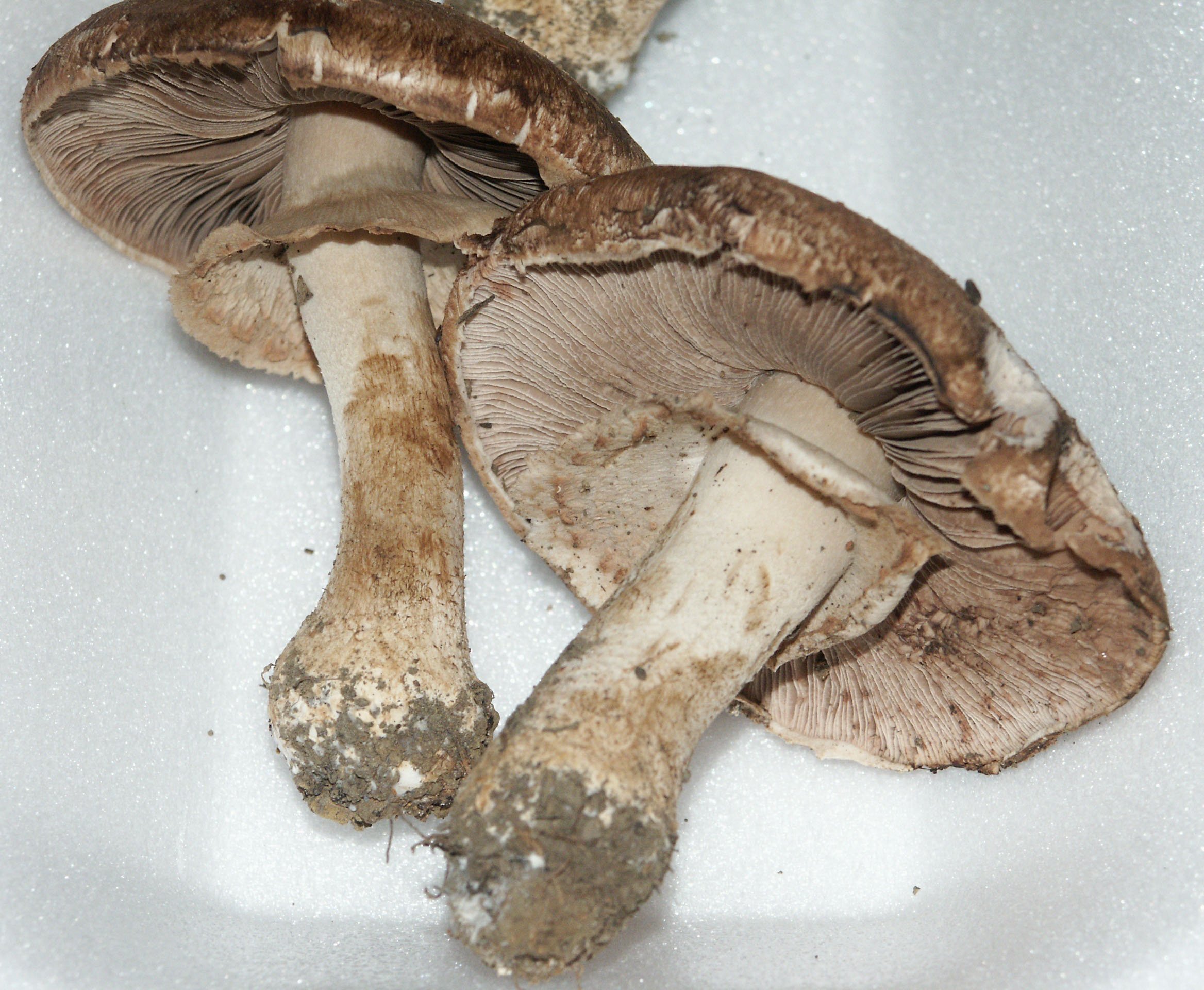Background of Agaricus Blazei (Sun) Mushroom
2 min read
Agaricus blazei (A blazei) is known in Brazil as the sun mushroom, in Japan as himematsutake, agarikusutake or kawarihiratake and in China as Ji Song Rong. It was brought to Japan in the 1970s due to its beneficial health effects, which included the prevention of: diabetes, hyperlipidemia, arteriosclerosis and chronic hepatitis1,2. Nowadays, it is widely utilized in Oriental countries as an edible mushroom. Considered as a functional food (functional food is a part of an everyday diet and is reduce the risk of chronic disease beyond the widely accepted nutritional effects), it is vastly utilized in traditional medicine in the form of a medicinal extract for the prevention and treatment of cancer3.
In general, the total composition of the mushroom is water (90%), protein (2–40%), carbohydrates (1–55%), fiber (3–32%) and ash (8–10%). The ash content is made up mainly of salts, as well as metals like calcium and magnesium. Among the carbohydrates are notably some biologically active polysaccharides, present in the basidiocarp and/or mycelium, such as the β-glucans (“Beta-glucans”) which have attracted the attention of investigators4.
RESEARCH: A recent study suggests that Agaricus extract has estrogen-like activity and may help prevent atherosclerosis via dual roles in cell signaling, macrophage development suppression and endothelial cell recovery from vascular damage5. A major constituent of Agaricus, ergosterol, was found to inhibit tumor growth in mice via direct inhibition of tumor-induced angiogenesis6. Other studies demonstrated that polysaccharides present in Agaricus extract caused activation of macrophages or natural killer cells7 and induced cytotoxic T-lymphocyte activity in tumor-bearing mice. Specifically, activation of natural killer cells was mediated through IL-12-induced IFN-gamma expression8. Both aqueous and organic extracts of Agaricus offered protection to cells exposed to methyl methanesulphonate, a mutagenic agent. The stimulus produced by linoleic acid on beta-DNA polymerase, an enzyme involved in repair mechanism following exposure of DNA to alkylating agents, is thought responsible for such an effect9. Furthermore, Agaricus extract stimulates caspase 3 activation and reduces telomerase activity10 possibly through regulation of Akt signalingthereby inducing apoptosis in cancer cell lines. Blazeispirol A, produced by Agaricus fermentation, causes both caspase-dependent and -independent cell death in human Hep 3B cells11. Agaritine, a hydrazine-containing constituent exhibits anti-tumor activity toward U937 leukemic cells mediated through apoptosis12.


